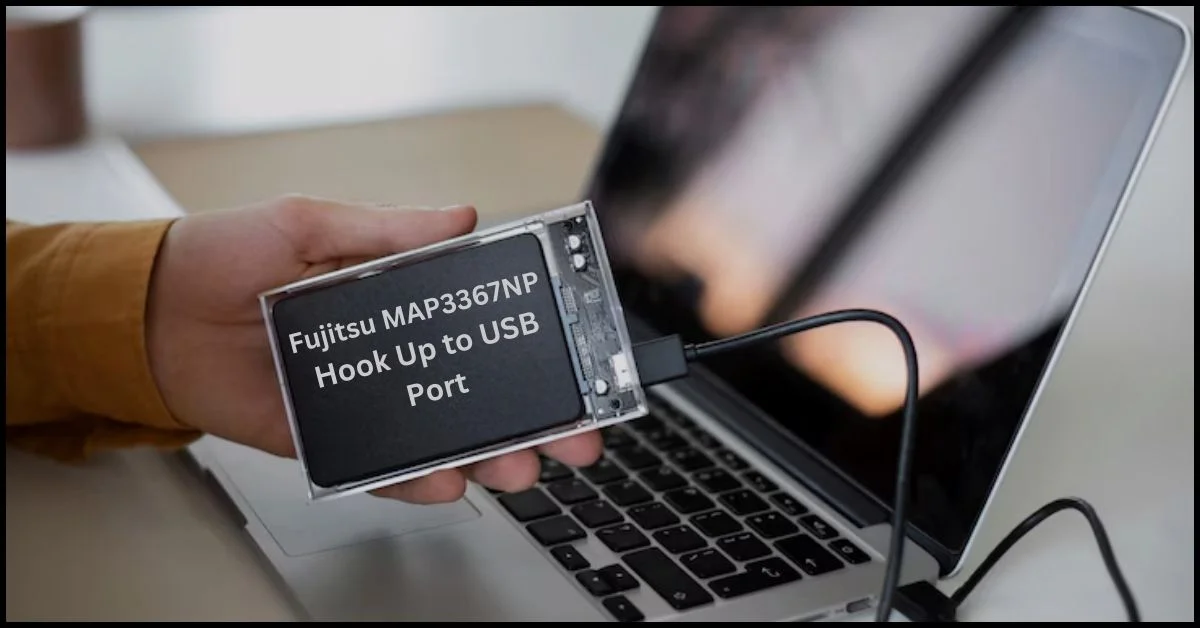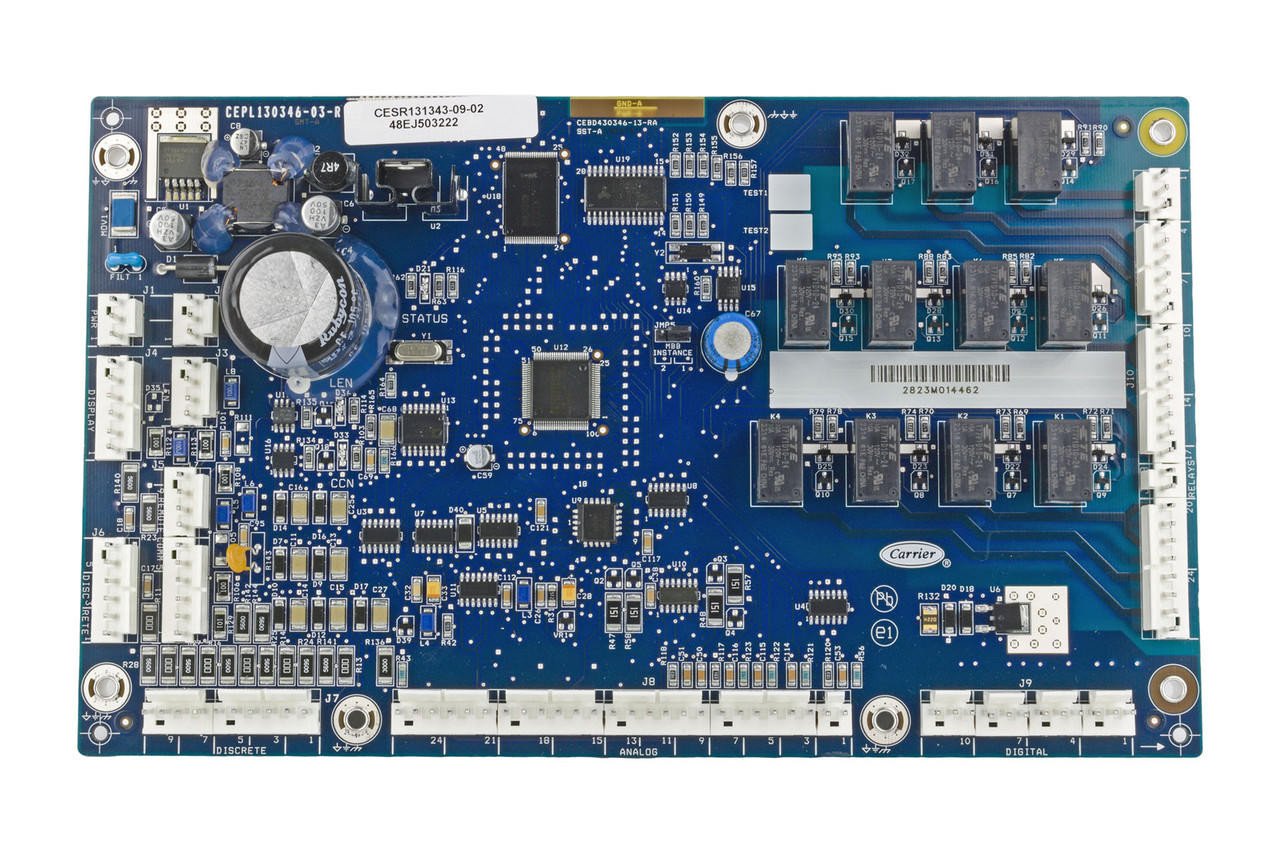Protective Multiple Earthing, often known as PME, is an essential system in electrical installations that keeps us safe. When we use electricity at home or in any building, it’s important to have a good earthing system, and that’s where Protective Multiple Earthing comes in. This system connects the electrical wiring to the ground, which helps prevent electric shocks and other dangers.
In this blog post, we will explore what Protective Multiple Earthing is and why it’s so important. Whether you’re curious about how your home stays safe from electrical faults or you want to understand more about electrical safety, this simple guide will help you get started. Let’s dive into the world of Protective Multiple Earthing!
1. What is Protective Multiple Earthing and Why Is It Important?
Protective Multiple Earthing (PME) is a system used to ensure electrical safety in homes and buildings. It works by connecting the electrical wiring to the ground, which helps prevent electric shocks. This system is especially important because it provides a path for electrical faults to safely return to the ground instead of causing harm. When an electrical fault occurs, the PME system quickly disconnects the power, reducing the risk of fire or injury.
Understanding why Protective Multiple Earthing is important is crucial for anyone using electricity. Without a proper earthing system, electrical faults could lead to dangerous situations, such as electric shocks or fires. PME helps to protect both people and property by making sure that any stray electrical currents are safely directed away from the building. This makes it an essential part of any safe electrical installation.
In summary, Protective Multiple Earthing is a vital safety measure that helps to prevent electrical accidents. By ensuring that electrical faults are quickly and safely managed, PME plays a key role in keeping homes and buildings safe. This is why understanding and properly implementing PME is so important for everyone.
2. How Protective Multiple Earthing Works: A Beginner’s Guide
Understanding how Protective Multiple Earthing works can seem complicated, but it’s actually quite simple when broken down. In a PME system, the neutral wire in the electrical supply is connected to the earth at multiple points. This creates a reliable path for any fault currents to return to the ground, ensuring that the electrical system stays safe.
When an electrical fault occurs, the PME system quickly acts to protect the building. The fault current is directed through the earthing system, preventing it from causing harm. This means that even if a fault occurs, the power will be safely disconnected, and the risk of danger is minimized. The system’s design ensures that the fault is handled quickly and efficiently.
In essence, Protective Multiple Earthing works by providing a secure path for electricity to travel back to the ground in the event of a fault. This simple but effective method is what makes PME such an important part of electrical safety. By understanding how it works, you can better appreciate its role in keeping your home safe.
3. The Basics of Protective Multiple Earthing for Home Safety
The basics of Protective Multiple Earthing are all about keeping your home safe from electrical dangers. PME is designed to protect you and your family by making sure that any electrical faults are safely managed. When the system is in place, it helps to prevent accidents like electric shocks or fires by ensuring that faulty currents are directed away from your home.
In a PME system, the electrical supply’s neutral wire is connected to the earth at multiple points. This connection helps to create a safe path for any fault currents to return to the ground. The system also ensures that the power is quickly disconnected if a fault occurs, reducing the risk of damage or injury.
Overall, understanding the basics of Protective Multiple Earthing is important for anyone who wants to ensure their home is safe. By providing a reliable way to handle electrical faults, PME helps to protect both your property and your loved ones from potential harm.
4. Understanding the Role of Protective Multiple Earthing in Electrical Systems
The role of Protective Multiple Earthing in electrical systems is to ensure that they operate safely. PME provides a critical function by managing electrical faults and protecting people from the dangers they can cause. Without PME, electrical systems would be at much higher risk of causing harm during a fault.
Protective Multiple Earthing works by connecting the electrical supply to the earth, which helps to safely manage any stray electrical currents. This connection ensures that, in the event of a fault, the current is directed away from people and property. PME also plays a key role in ensuring that power is quickly disconnected during a fault, further reducing the risk of danger.
In summary, the role of Protective Multiple Earthing in electrical systems is to provide a safe and reliable way to manage faults. By understanding this role, we can better appreciate the importance of PME in keeping our electrical systems safe and functional.
5. Why Protective Multiple Earthing is Crucial for Electrical Installations
Protective Multiple Earthing is crucial for electrical installations because it provides essential safety measures. Without PME, electrical installations would be much more vulnerable to faults and the dangers they can bring. PME ensures that any faults are managed safely, protecting both people and property.
The importance of Protective Multiple Earthing lies in its ability to direct fault currents safely to the ground. This prevents the current from causing harm or damage, making PME a critical part of any safe electrical installation. By providing a reliable way to handle electrical faults, PME helps to ensure that installations remain safe and functional.
In conclusion, Protective Multiple Earthing is a crucial component of electrical installations. It plays a key role in managing faults and ensuring the safety of both people and property. Understanding its importance helps to highlight why PME should always be included in any electrical installation.
6. Common Problems and Solutions with Protective Multiple Earthing
Even though Protective Multiple Earthing is a reliable system, there can still be common problems that arise. One of the most frequent issues is the risk of an open-circuit in the PEN conductor, which can lead to safety concerns. If this happens, the protective and neutral functions of the conductor can be compromised, leading to a rise in potential and a risk of electric shock.
To solve this problem, it’s important to regularly check the integrity of the PME system. Ensuring that the earthing connections are secure and that the PEN conductor is intact can help to prevent these issues. Another solution is to use additional bonding and earthing measures, especially in areas where safety is a high priority.
In summary, while Protective Multiple Earthing is effective, it’s important to be aware of common problems that can occur. By taking proactive steps to maintain the system, these issues can be managed, ensuring that PME continues to provide safe and reliable protection.
7. Protective Multiple Earthing in Homes: What You Need to Know
When it comes to keeping your home safe, Protective Multiple Earthing is something you need to know about. PME is a system that helps to manage electrical faults and keep your home safe from dangers like electric shocks. Understanding how PME works can help you appreciate its role in your home’s electrical safety.
In a home with Protective Multiple Earthing, the electrical supply is connected to the earth at multiple points. This connection helps to safely manage any fault currents, directing them away from the home and reducing the risk of danger. It’s an important system that ensures your home stays protected.
In conclusion, knowing about Protective Multiple Earthing is key to understanding how your home’s electrical system stays safe. By learning about PME, you can better appreciate the safety measures in place to protect you and your family.
8. Safety First: The Importance of Protective Multiple Earthing
Safety should always come first, and that’s why Protective Multiple Earthing is so important. PME is a system designed to protect people from the dangers of electrical faults. By providing a safe path for fault currents to return to the ground, PME plays a crucial role in keeping everyone safe.
One of the key benefits of Protective Multiple Earthing is that it helps to prevent electric shocks. By ensuring that fault currents are quickly and safely managed, PME reduces the risk of accidents. This makes it an essential part of any electrical safety plan, whether in a home or a commercial building.
In summary, Protective Multiple Earthing is important because it prioritizes safety. By understanding its role in electrical safety, we can ensure that our homes and buildings remain protected from potential electrical dangers.
9. Protective Multiple Earthing vs. Other Earthing Systems: Which is Better?
When comparing Protective Multiple Earthing to other earthing systems, it’s important to understand the benefits of each. PME is known for its effectiveness in managing fault currents and providing reliable protection. However, other systems like TT or TN-S also offer different advantages, depending on the situation.
One of the main advantages of Protective Multiple Earthing is its ability to provide a low impedance path for fault currents. This makes it highly effective in quickly disconnecting power during a fault, reducing the risk of danger. Other systems, like TT, might be more suitable in specific locations, such as areas with a higher risk of faults.
In conclusion, the best earthing system depends on the specific needs of the installation. While Protective Multiple Earthing offers many benefits, it’s important to consider all options and choose the system that provides the best protection for your particular situation.
10. The Role of Protective Multiple Earthing in Preventing Electric Shocks
Protective Multiple Earthing plays a critical role in preventing electric shocks. PME works by ensuring that any electrical faults are safely managed, directing the fault current away from people and into the ground. This helps to reduce the risk of electric shocks and keeps everyone safe.
One of the key ways that Protective Multiple Earthing prevents electric shocks is by providing a reliable path for fault currents. This path allows the current to be safely directed to the ground, where it can’t cause harm. PME’s design ensures that any potential danger is quickly addressed, making it a crucial part of electrical safety.
In summary, Protective Multiple Earthing is essential for preventing electric shocks. By understanding how it works, we can appreciate its importance in keeping us safe from electrical dangers.
11. Protective Multiple Earthing: A Key Component in Electrical Safety
Protective Multiple Earthing is a key component in electrical safety, providing essential protection against faults. PME ensures that any fault currents are safely directed to the ground, reducing the risk of harm to people and property. It’s a system that plays a vital role in keeping electrical installations safe.
The importance of Protective Multiple Earthing lies in its ability to manage electrical faults effectively. By providing a reliable path for fault currents, PME helps to prevent accidents like electric shocks or fires. This makes it an
essential part of any safe electrical installation, whether in homes, businesses, or public buildings.
Another important aspect of Protective Multiple Earthing is its ability to quickly disconnect power during a fault. This rapid response helps to minimize the risk of damage or injury, making PME a key component of any electrical safety system. Understanding its role can help us better appreciate the safety measures in place in our daily lives.
12. How to Check if Your Home Has Proper Protective Multiple Earthing
Knowing how to check if your home has proper Protective Multiple Earthing is important for ensuring safety. One of the first steps is to have a qualified electrician inspect your home’s electrical system. They can verify that the PME system is properly installed and functioning as it should be.
Another way to check is by looking at the earthing connections in your home. Proper it will have clear connections between the neutral and earth wires at multiple points. If these connections are secure and in good condition, it’s a good sign that your PME system is working correctly.
In summary, checking your home’s it is crucial for maintaining safety. Regular inspections and proper maintenance can help ensure that your electrical system remains safe and effective, providing the protection you need.
13. How Protective Multiple Earthing Enhances Electrical System Reliability
Protective Multiple Earthing (PME) enhances the reliability of electrical systems by providing a dependable method for handling faults. In a PME setup, the neutral wire is connected to the earth at multiple points, which helps ensure that any stray electrical currents are safely directed to the ground. This connection is crucial for maintaining a stable and reliable electrical system.
14. The Benefits of Protective Multiple Earthing for Commercial Buildings
Protective Multiple Earthing offers several benefits for commercial buildings, making it an ideal choice for managing electrical safety. In commercial settings, PME helps to ensure that electrical faults are handled quickly and safely, reducing the risk of injury and damage to equipment.
One of the main benefits of PME in commercial buildings is its ability to provide a low impedance path for fault currents. This allows for rapid disconnection of the electrical supply during faults, minimizing potential harm. Additionally, PME systems help to maintain a consistent ground potential, which is important for the proper operation of sensitive electronic equipment.
15. Common Misconceptions About Protective Multiple Earthing
There are several common misconceptions about Protective Multiple Earthing that can lead to confusion. One misconception is that PME systems are the same as other earthing methods, like TT or TN-S. In reality, each earthing method has its own unique characteristics and advantages.
Another misconception is that PME systems are always safe and reliable without any issues. While PMEis effective, it is essential to regularly inspect and maintain the system to prevent potential problems. Understanding these misconceptions helps in properly evaluating and implementing PME systems.
In summary, clearing up common misconceptions about it is important for understanding its true benefits and limitations. By knowing the facts, you can make informed decisions about your electrical safety.
16. The Impact of Protective Multiple Earthing on Energy Efficiency
Protective Multiple Earthing can have an impact on energy efficiency in electrical systems. While PME itself is primarily a safety measure, it can contribute to more efficient energy use by ensuring that electrical faults are managed effectively. This helps to prevent power losses and maintain a stable electrical supply.
One way PME can affect energy efficiency is by ensuring that electrical systems operate without interruptions caused by faults. When faults are quickly handled, there is less likelihood of equipment damage or downtime, which can improve overall energy efficiency. Additionally, PME systems help to maintain proper grounding, which supports the efficient operation of electrical devices.
In summary, while it is mainly a safety measure, it also supports energy efficiency by maintaining reliable and stable electrical operations. This contributes to overall energy savings and system performance.
17. The Role of Protective Multiple Earthing in Modern Electrical Designs
In modern electrical designs, Protective Multiple Earthing plays a crucial role in ensuring safety and reliability. As electrical systems become more complex, the need for effective earthing solutions becomes even more important. PME provides a reliable method for managing electrical faults and maintaining system safety.
Modern electrical designs often incorporate PME systems to address the challenges of increased electrical loads and sensitive equipment. By using PME, designers can ensure that faults are quickly managed and that the system remains safe and efficient. This makes PME an integral part of contemporary electrical design practices.
18. How to Maintain Your Protective Multiple Earthing System
Maintaining your Protective Multiple Earthing (PME) system is important for ensuring its continued effectiveness. Regular inspections by a qualified electrician are essential to check the condition of earthing connections and ensure that the system is functioning properly.
One key maintenance task is to inspect the connections where the neutral wire is bonded to the earth. These connections should be secure and free from corrosion to ensure proper operation. Additionally, it’s important to check for any signs of damage or wear that could affect the performance of the PME system.
Conclusion
Understanding Protective Multiple Earthing: A Simple Guide for Safety provides comprehensive insights into the concept of it. The guide aims to increase awareness and understanding of this important safety measure. By following the guidelines outlined in this document, individuals can ensure proper earthing practices, minimizing the risk of electrical hazards and promoting a safe environment.
In summary, proper maintenance of your it system helps to ensure its continued safety and effectiveness. Regular checks and timely repairs are essential to keep the system in good working condition.
it is a key part of keeping our electrical systems safe and reliable. By connecting the neutral wire to the earth at multiple points, PME helps quickly handle electrical faults and prevent accidents. This makes sure that our homes and businesses stay safe from electrical issues, and everything works as it should.
Remember, taking care of your PME system is important. Regular checks and maintenance ensure that everything stays in good shape and continues to protect you and your property. With a solid PME system, you can be confident that your electrical setup is both safe and effective.









